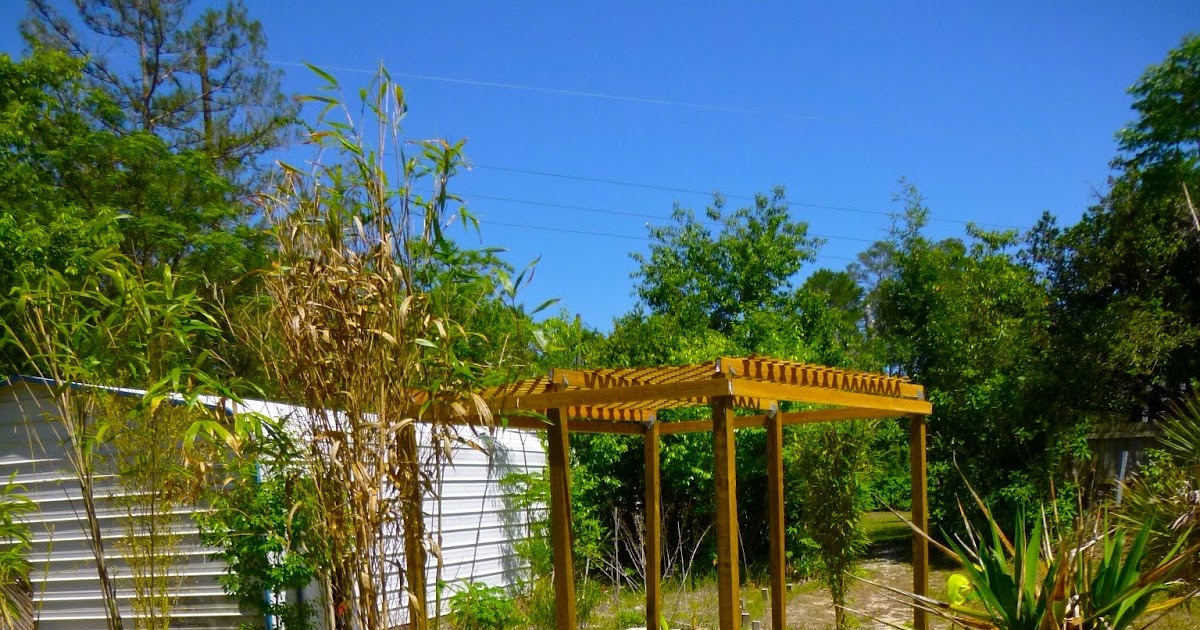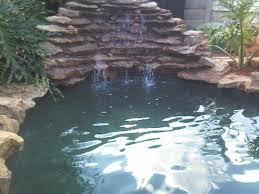
The Ultimate Guide to Concrete Block Koi Pond Construction
Introduction
If you are planning to build a koi pond in your backyard, one of the most important considerations you need to make is the material you will use. Concrete blocks are a popular option because they are durable, versatile, and affordable. When it comes to concrete block koi pond construction, there are some important factors you need to take into account. In this article, we will discuss everything you need to know about building a concrete block koi pond.
Step-by-Step Guide to Building a Concrete Block Koi Pond
1. Planning and Designing Your Koi Pond
The first step in building a concrete block koi pond is to plan and design the pond. You need to take into account the size, shape, and location of the pond. It is also important to decide on the depth of the pond, as koi fish require a minimum depth of 3 feet.

When planning the design of your pond, you should also consider the filtration system, lighting, and other features you want to include. It is important to ensure that the pond is properly filtered and aerated, as this will help to maintain the health of the fish.
2. Excavating the Pond Site
Once you have planned and designed your pond, you need to excavate the pond site. This involves digging a hole in the ground that is the size and shape of your pond. It is important to ensure that the hole is level, as this will help to prevent leaks in the future.

If you are planning to build a large pond, you may need to use heavy equipment to excavate the site. It is important to ensure that you have the necessary permits and permissions before starting the excavation.
3. Laying the Concrete Block Foundation
Once you have excavated the pond site, you need to lay the concrete block foundation. This involves placing the concrete blocks around the perimeter of the pond, and then filling in the center with concrete.

It is important to ensure that the concrete blocks are level and straight. You may need to use a spirit level to check that the blocks are in the correct position. It is also important to ensure that the concrete is properly mixed and poured, as this will help to ensure the strength and durability of the pond.
4. Installing the Filtration System
Once the concrete has cured, you can start to install the filtration system. This involves placing the filter, pump, and other equipment in the pond and connecting them to the power source. It is important to follow the manufacturer’s instructions when installing the filtration system.

5. Adding the Finishing Touches
Finally, you can add the finishing touches to your concrete block koi pond. This involves adding the water and any additional features, such as lighting, plants, and rocks. It is important to ensure that the water is at the right temperature and pH level for the fish.
Benefits of Building a Concrete Block Koi Pond
There are many benefits to building a concrete block koi pond, including:
- Durability - Concrete blocks are long-lasting and can withstand extreme weather conditions.
- Versatility - Concrete blocks can be used to create any shape or size of pond.
- Affordability - Concrete blocks are one of the most affordable materials for building a koi pond.
- Easy maintenance - Concrete ponds are easy to maintain and clean.
- Aesthetically pleasing - Concrete ponds can be customized to suit your design preferences.
Conclusion
Building a concrete block koi pond can be a great way to create a beautiful and functional feature in your backyard. By following the steps outlined in this article, you can build a pond that is not only aesthetically pleasing but also healthy and enjoyable for your koi fish.
